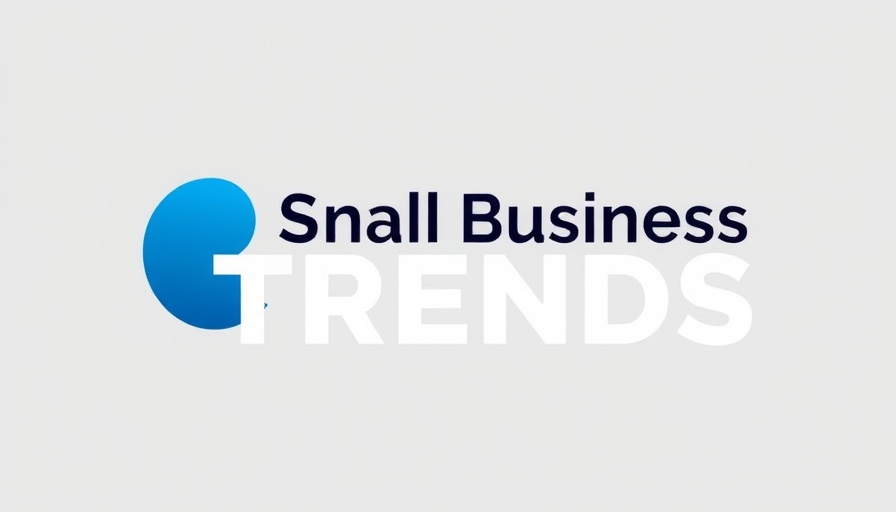
Empowering Educators: Google’s New Tools Spark Entrepreneurial Innovation
At the recent ISTE 2025 conference, Google unveiled a suite of innovative tools aimed at enhancing educational experiences and supporting educators. These tools signify a pivotal moment in education—combining technology and creativity to foster a personalized learning environment. For small business owners, especially those in the educational sector, embracing these advancements can lead to exciting new opportunities.
Key Features of Google’s Educational Tools
The highlight of Google's announcement is the launch of Gemini in Classroom, offering over 30 no-cost AI tools designed to streamline lesson planning and classroom management. This shift allows educators to focus more on personalized interactions with their students, as they can automate routine tasks. This change creates a window for small businesses that specialize in educational services to offer training and integration support for these new tools.
The Customization Trend: Gemini for Education
Alongside Gemini in Classroom, Google introduced Gemini for Education, a specialized version of their app for the education sector. This customization trend indicates that businesses focusing on educational materials and training programs could leverage this platform to create unique curricular content. In doing so, they not only enhance their offerings but also position themselves as vital partners in the educational ecosystem.
Collaborative Video Creation: Engaging Multimedia Education
Google also expanded access to Google Vids, a platform for creating engaging multimedia materials. This feature resonates with small businesses in content creation and video production, providing avenues for partnerships with schools. By offering collaborative video tools, these companies can help educators deliver more interactive and compelling lessons.
Challenges and Considerations in AI Integration
Yet, as with any new technology, challenges persist. Business owners must be aware of the implications that AI tools present, including data privacy concerns and the need for robust training for educators. Ensuring that teachers are well-equipped to utilize these advancements is critical. Small businesses can play a role here by offering ongoing support and training services.
Looking Ahead: The Future of Educational Technology
Overall, Google’s commitment to education is clear, and its new tools open doors for innovation in teaching and learning. For small business owners, leveraging these technologies can not only enhance their marketability but also significantly contribute to shaping the future of education. By embracing these changes, companies can ensure they remain relevant and valuable players in an evolving landscape.
 Add Row
Add Row  Add
Add 




Write A Comment